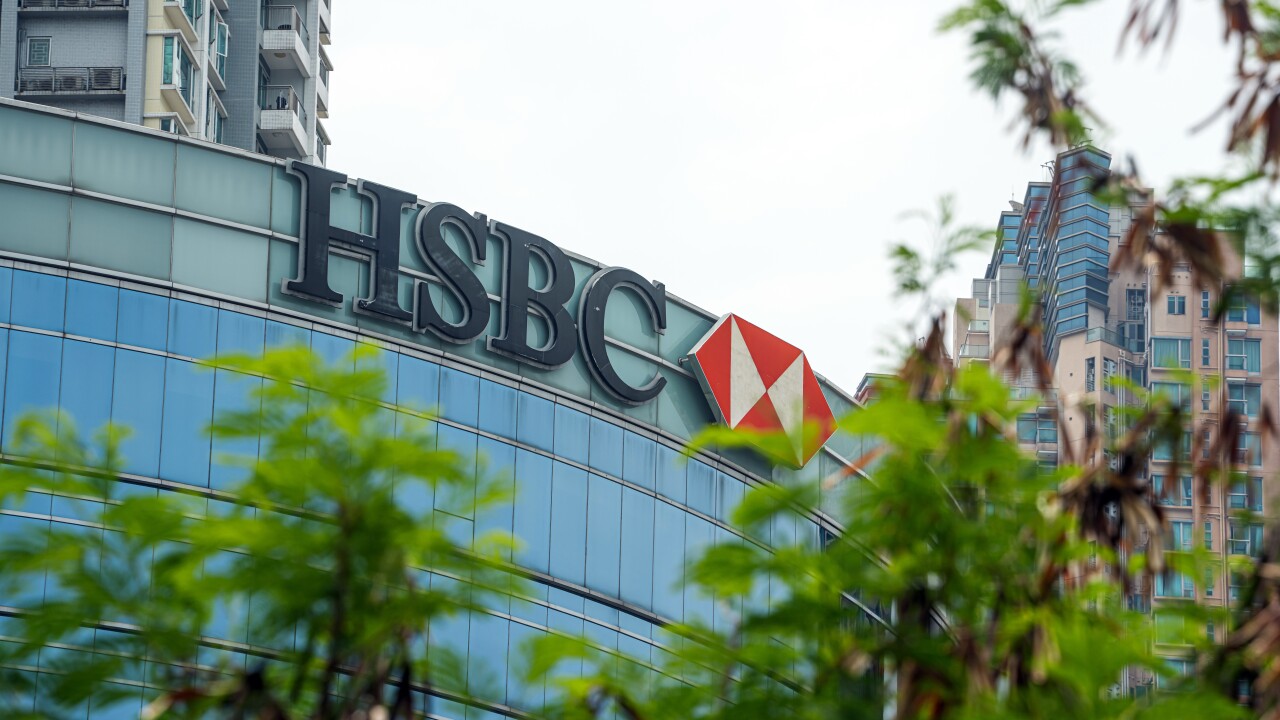
California's top financial regulator will scrutinize the oversight and regulation it applied to Silicon Valley Bank, whose sudden failure on March 10 ignited a wider crisis.
The Department of Financial Protection and Innovation said Monday that it is conducting a "comprehensive review" of its supervision activities at the bank and plans to issue a report detailing its findings by early May.
"Through this review, we will examine how we can strengthen and update our system of financial regulation to meet emerging and evolving challenges," the agency wrote in a press release.
The California department is now the second financial regulator to announce that it will conduct such a review following the second-largest bank failure by assets in U.S. history.
Last week, the Federal Reserve said Michael Barr, vice chair of supervision, would
Silicon Valley Bank, a subsidiary of Santa Clara, California-based SVB Financial, was jointly overseen by California banking regulators and the Fed. The two agencies would typically alternate conducting full-scope, on-site examinations annually.
The San Francisco Fed, where former Silicon Valley Bank CEO Greg Becker served on the board,
The Fed expects to publish Barr's findings by May 1. Barr, FDIC Chairman Martin Gruenberg and Treasury Under Secretary for Domestic Finance Nellie Liang are expected to answer questions about the bank's failure at
Early in the pandemic, Silicon Valley Bank was flooded with deposits as the tech sector boomed. It invested much of those funds in low-yielding, long-dated securities, which lost value as interest rates rose sharply last year.
After the bank announced on March 8 that it was selling some of the securities at a $1.8 billion loss, a bank run began. Silicon Valley Bank was particularly vulnerable to that scenario because roughly 97% of its deposits were uninsured.
As recently as June 2021, the Fed wrote that the bank was "well capitalized and well managed." The thumbs-up came when the Fed approved the bank's
But also in 2021, the San Francisco Fed flagged that the bank was doing a poor job of managing its liquidity in case of trouble,
And late last year, supervisors determined that the bank needed to improve how it tracked interest-rate risk,
Eleven days after the abrupt shutdown of the bank, the FDIC is still trying to find a buyer. On Monday, the agency said it would
Bidders can now make offers for the private bank until 8 p.m. Wednesday, while the deadline for bids related to the bridge bank has been extended to 8 p.m. Friday, the FDIC said.






